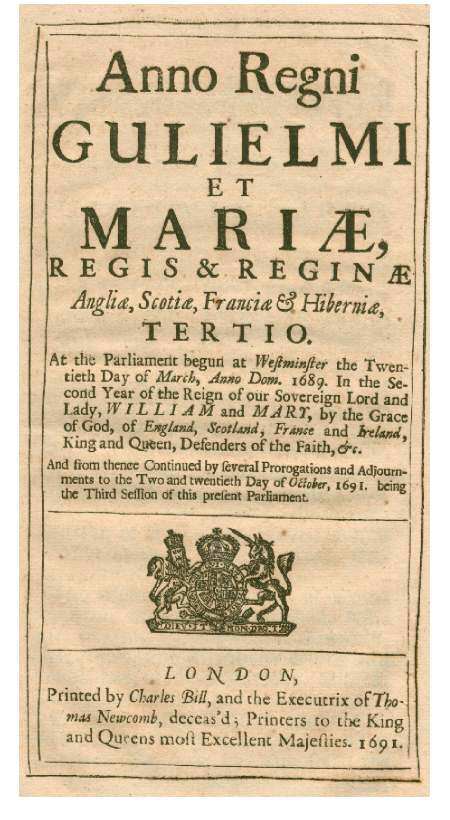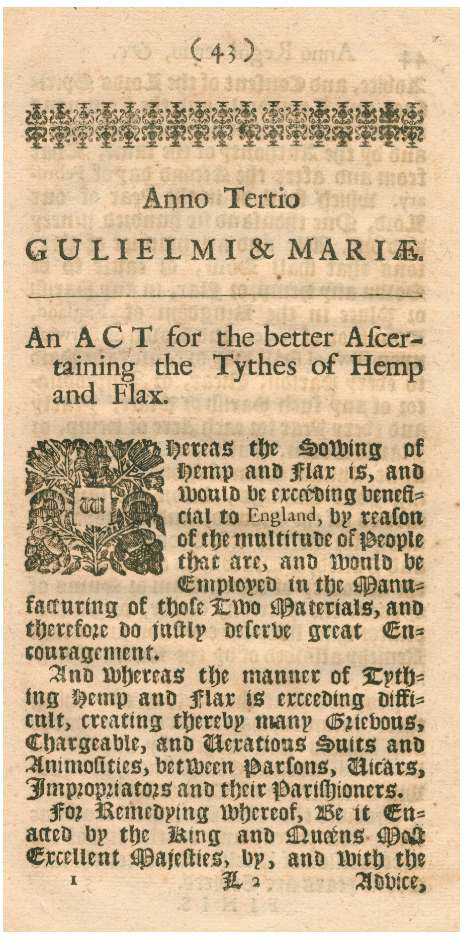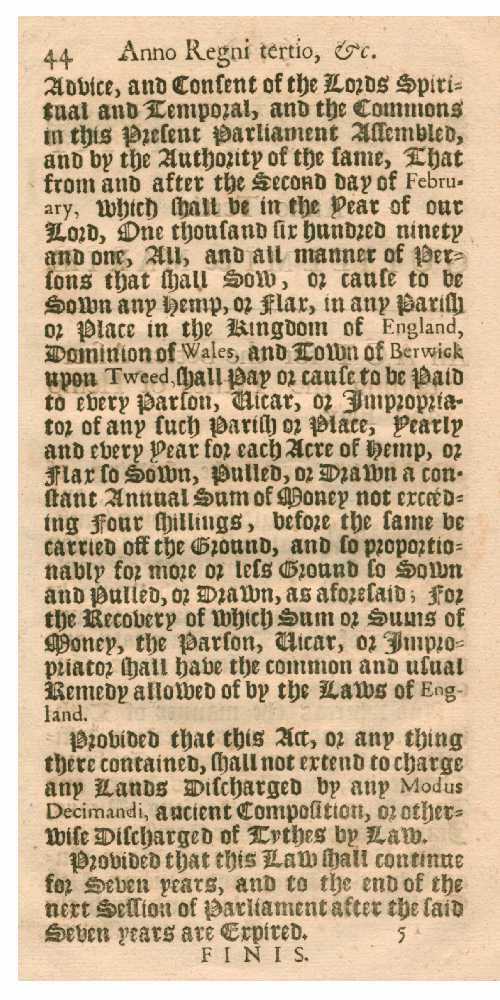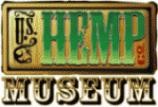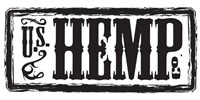During the next two centuries, Europe entered a period of unprecedented colonialism. As more and more ships made their way down the coast of Africa and on to India, Europeans who remained at home were able to keep abreast of what was happening in these far-off lands through the various books that seemed to crop up everywhere.
Many of these books were diaries and travelogues, written by adventurers, sea captains, wealthy travelers, priests, traders, administrators – in short, anyone who could write about the people of Africa and the East Indies did so. At home, the people eagerly awaited any and every bit of information that these returning voyagers might bring concerning the habits and customs of the people who lived in these "newly discovered" parts of the world.
The European adoption of the lateen in the Late Middle Ages made ships more maneuverable, thus permitting merchants to sail out of the Mediterranean and into the Atlantic Ocean; caravels typically mounted three or more lateens. However, the great size of the lateen yard makes it difficult and dangerous to handle on large ships in stormy weather, and by the 18th century the lateen was restricted to the mizzen mast, and then by the beginning of the 19th century was supplanted by the driver or spanker.
Between A.D. 1400 and 1700, Western Europe was gradually transformed from a backward provincial potpourri of motley nations into a nationalistically minded assembly of world-conquering and world-colonizing empires. The Cinderella-like metamorphosis came about largely as a result of a technological innovation.
First introduced by the Mediterranean nations and subsequently copied and improved on by Western Europe, the innovation that changed the course of history was the triangular sail. By suspending a triangular sail from an oblique yardarm, sailors could sail against the wind. Hitherto, the square sail was the only means of propelling a ship, and most vessels were outfitted with only a single mast. After the triangular sail, galleons with three or four masts became commonplace and European ships began embarking from the safety of their ports to challenge the winds and the oceans of the world.
While the Portuguese and the Dutch were staking claims to the East Indies and Spain was establishing colonies in the New World, England was slowly coming to the realization that she was being left out of one of the greatest moneymaking opportunities ever to present itself to the European economy. One of the main reasons England was unable to compete was that she lacked the ships necessary for exploration and trade. To expand her economy and keep up with her European rivals, England had to build new ships and develop new trade routes. And if she hoped to be able to protect her merchant ships from attack, she had to have a navy capable of repulsing an enemy. To build such a fleet, she needed raw materials. In 1562, both Holland and England sent ships to the Baltic countries for these supplies.
The primary supply needed for this venture was hemp. People’s perception that hemp and marijuana are the same can be seen in the article on the lower left. Fifty years later, people began to distinguish between the facts and the fables of hemp and understand there are many strains of cannabis; within each strain lays invaluable traits and potential. Awareness and knowledge of the plant as a viable and sustainable natural resource will strip the prejudice from this plant and allow people to benefit and profit from hemp’s abundant capabilities.
Most of the hemp that found its way into English ships during this period came from the Baltic. The best quality hemp came from Danzig, and on several occasions the British government ordered its agents in that city to buy all the hemp they could get their hands on so that England would have enough rope for her ships. Toward the middle of the sixteenth century, growing competition from Russia lured English buyers away from Danzig to the Russian cities of Riga and St. Petersburg. By 1630, Russia was supplying over 90 percent of London's hemp. By 1633, almost 97 percent of hemp came from Russia who was the world's largest exporter of hemp since, it alone, of the entire major hemp-producing countries, was able to supply the most hemp and produce it at the cheapest prices. Since England had no other source of supply that could meet its needs, England was Russia's best customer, importing two-thirds of all Russia's exports by the eighteenth century.
Because of the widespread fraud among Russian retailers, the Russian government instituted a formal inspection office called the “brack”, consisting of local port officials whose job was to make sure that fraud was not being perpetrated on buyers. Brack inspectors were supposed to be financially liable to a buyer on proof of fraud, but it was almost impossible to prove fraud until the hemp was unloaded in England. In some ports such as Riga in Latvia, inspection was rigorous, whereas in ports such as St. Petersburg it was lax and fraud was rampant.
England's dependence on foreign hemp placed her in a precarious position should hostilities break out between her and Russia or with any third country that controlled the sea route to Russia. Without a reliable source of hemp, England could not build ships. Without ships, she would remain an island isolated from Europe and the rest of the world. Exploration was made possible with hemp.
The kings of England recognized the need for hemp if their realm were ever to compete with Europe. Initially, the monarchy tried to coerce their subjects to raise hemp. The first such fiat came in 1533 when King Henry VIII commanded that for every sixty acres of arable land a farmer owned, one quarter acre was to be sown with hemp. The penalty for not doing so was to be three shillings and four pence. Thirty years later, and long before the clash with Spain, his daughter Queen Elizabeth I, reissued the command and raised the penalty to five shillings.)
An English sea-captain, providing this statement at the beginning of the nineteenth century, lauds the properties of a certain fibrous plant that was essential to the development and promulgation of overseas trade around the world. The ‘Sunn’ is a specific strain of cannabis. Though that strain is native to Bengal, the plant had its origins in China and has spread throughout the world, thriving in a variety of conditions. This plant, absolutely necessary in the history of world trade, is commonly known as hemp.
Text and photos:
Abel, Ernest, "Marijuana, The First 12,000 Years", 2005; Duhamel Du Monceaud, Henri-Louis. "Traité de la fabrique des manoeuvres pour les vaisseaux, ou l'art de la corderie perfectionné." Paris: Imprimerie Royale, 1747; Herer, Jack, “The Emperor Wears No Clothes”, AH HA Publishing, 2000; Robinson, Rowan,"The Great Book of Hemp", Park Street Press, 1996; Roulac, John W., “Hemp Horizons”, Chelsea Green Publishing Co., 1997; Various, “Journal of Industrial Hemp”, The Haworth Press, Inc., 1996.
HEMP IN SCIENCE AND MEDICINE
The seventeenth and eighteenth centuries marked the appearance not only of travel books dealing with cannabis, but also of "dispensatories" which began referring to cannabis as a medicinal agent. Typically, however, these texts were rather cautious in their advocacy of hemp as a therapeutic agent. In most instances, cannabis's antibiotic and analgesic properties were emphasized.
Although as early as 1621, Robert Burton had suggested that cannabis might be of value in the treatment of depression, this proposal was never tried in England. The New London Dispensatory, published in 1682, contained only a brief reference to hemp seeds, claiming that they cured coughs and jaundice but filled the head with vapors.
However, the Complete English Dispensatory of 1720 took issue with the recommendation to use hemp seeds in treating jaundice, asserting that such recommendation is "not hitherto with authority enough to bring them into prescriptions of any kind." The New English Dispensatory of 1764 recommended boiling hemp roots and applying them to the skin to reduce inflammation, a folk medicinal treatment that had been popular in Eastern Europe for centuries. Other uses for the concoction were in drying up tumors and dissolving deposits in the joints. The Edinburgh New Dispensatory of 1794 carried a relatively long description of the effects of hemp in medicine, indicating that its popularity in this regard had begun to increase. "This plant," the text stated, "when fresh, has a rank narcotic smell, the water in which the stalks are soaked, in order to facilitate the separation of the tough rind for mechanical uses [e.g. rope], is said to be violently poisonous, and to produce its effects as soon as drunk."
Regarding the seeds, the text claims that they yield an "insipid" oil when pressed, and that when this oil is added to milk, an emulsion is formed which is useful in treating coughs, "heat of urine [venereal disease]," and "incontinence of urine." The authors also state that cannabis was believed to be useful in "restraining venereal appetites," but adds that "experience does not warrant their having any virtue of this kind."
The section on cannabis closes with a foreshadowing of the future, "Although the seeds only have hitherto been principally in use, yet other parts of the plant seem to be more active, and may be considered as deserving further attention." 
Carl Linnaeus, or Carl von Linné, 1707-1778, was a Swedish botanist, and is often called the Father of Taxonomy. His system for naming, ranking, and classifying organisms is still in wide use today (with many changes). Generations of biologists during and after his own lifetime have been influenced by his ideas on classification. He impressed even those opposed to the philosophical and theological roots of his work.
In 1883, Harper's New Monthly Magazine ran a short article on the new hashish pastime entitled “Hashish House in New York, The Curious Adventures of an Individual Who Indulged in a Few Pipefuls of the Narcotic Hemp." Although anonymous, the author is generally believed to be H. H. Kane, a prominent American physician of the era who published several books on what he regarded as the growing drug menace in the United States. The article begins with a conversation in which a friend tells the writer that "there is a large community of hashish smokers in this city [New York] who are daily forced to indulge their morbid appetites, and I can take you to a house up-town where hemp is used in every conceivable form, and where the lights, sounds, odors, and surroundings are all arranged so as to intensify and enhance the effects of this wonderful narcotic."
The following evening the two men visit this hashish house, whose address is given as near 42nd Street and Broadway. The clients "are about evenly divided between Americans and foreigners… all the visitors, both male and female, are of the better classes and absolute secrecy is the rule. The house has been opened about two years, I believe, and the number of regular habitués is daily on the increase." According to the author, there were about six hundred of these "habitués" in New York City alone. Other cities boasting comparable hashish dens were Boston, Philadelphia, Chicago, and especially New Orleans. In Baltimore, there was no need for secrecy since hashish devotees could purchase the drug in the form of candy in the city's business district. In Philadelphia, during the American Centennial Exposition of 1876, some pharmacists carried ten pounds or more of hashish on stock in case Americans or foreigners had a yen for the drug during the festivities. Why there should have been any secrecy about hashish at all is puzzling, since there certainly were no laws against the drug at this time.
Cannabis was first mentioned as a medicinal agent in a "formal" American medical text in 1843. In 1846, Dr. Amariah Brigham, the editor of the ‘American Journal of Insanity’, brought the drug to the notice of American psychiatrists with a review of Moreau's book and experiments. Brigham was very excited about the prospect of using cannabis to treat insanity (homeopathy?), and he sent for some of the drug to Calcutta which he subsequently administered to several patients at the Lunatic Asylum in Utica, New York. "From our limited experience," he concluded, "we regard it as a very energetic remedy, and well worthy of further trial with the insane, and thank M. Moreau for having called attention to its use."
By 1854, the US Dispensatory began to list cannabis among the nation's medicinals: Medical Properties Extract of hemp is a powerful narcotic, causing exhilaration, intoxication, delirious hallucinations, and, in its subsequent action, drowsiness and stupor, with little effect upon the circulation. It is asserted also to act as a decided aphrodisiac, to increase the appetite, and occasionally to induce the cataleptic state. In morbid states of the system, it has been found to produce sleep, to allay spasm, to compose nervous inequietude, and to relieve pain. In these respects it resembles opium in its operation; but it differs from that narcotic in not diminishing the appetite, checking the secretions, or constipating the bowels. It is much less certain in its effects; but may sometimes be preferably employed, when opium is contraindicated by its nauseating or constipating effects, or its disposition to produce headache, and to check the bronchial secretion. The complaints to which it has been specially recommended are neuralgia, gout, tetanus, hydrophobia, epidemic cholera, convulsions, chorea, hysteria, mental depression, insanity, and uterine hemorrhage. Dr. Alexander Christison, of Edinburgh, has found it to have the property of hastening and increasing the contractions of the uterus in delivery, and has employed it with advantage for this purpose. It acts very quickly, and without anesthetic effect. It appears, however, to exert this influence only in a certain proportion of cases.
In 1753, the hemp plant was christened cannabis sativa by the Swedish botanist Carl Linnaeus, in his Species Plantarum, and it has borne this name ever since. However, almost as soon as Linnaeus dubbed hemp cannabis sativa, other botanists began to argue that there were two distinct types of hemp plant and therefore it was a mistake to lump all hemp-like plants under one name. The most notable dissenter was the French biologist Jean Lamarck. In 1783, Lamarck contended that the European hemp plant and the Indian hemp plant each warranted its own name. The latter, he noted, contained far more resin than the European plant and it also appeared noticeably different in other distinct ways.
Because of these differences, Lamarck reserved the name Cannabis sativa for the European plant and gave the name Cannabis indica to the Indian plant – indica referring to its place of origin. Lamarck was not the first or the only scientist to point out the differences between the two plants, but he was the first to contrast clearly the two types, and his arguments were very convincing.
This early argument as to whether there is one species of cannabis which includes many different varieties or several species still remains to be settled. It was not until the middle of the nineteenth century that cannabis was to be given serious consideration by the medical profession.
Until that time, it was sparingly used as a folk remedy for certain disorders, but it never enjoyed any popularity and there is absolutely no indication that the English ever became intoxicated as a result of eating cannabis leaves or seeds. The variety of cannabis that grew in England did not produce enough resin for it inadvertently to intoxicate any proponent of the plant as a home remedy.
Most of the hemp that found its way into English ships during this period came from the Baltic. The best quality hemp came from Danzig, and on several occasions the British government ordered its agents in that city to buy all the hemp they could get their hands on so that England would have enough rope for her ships. Toward the middle of the sixteenth century, growing competition from Russia lured English buyers away from Danzig to the Russian cities of Riga and St. Petersburg. By 1630, Russia was supplying over 90 percent of London's hemp. By 1633, almost 97 percent of hemp came from Russia who was the world's largest exporter of hemp since, it alone, of the entire major hemp-producing countries, was able to supply the most hemp and produce it at the cheapest prices. Since England had no other source of supply that could meet its needs, England was Russia's best customer, importing two-thirds of all Russia's exports by the eighteenth century.
Related Images courtesy of Hempology.org:
1691 ACT pertaining to growing Hemp and Flax.



